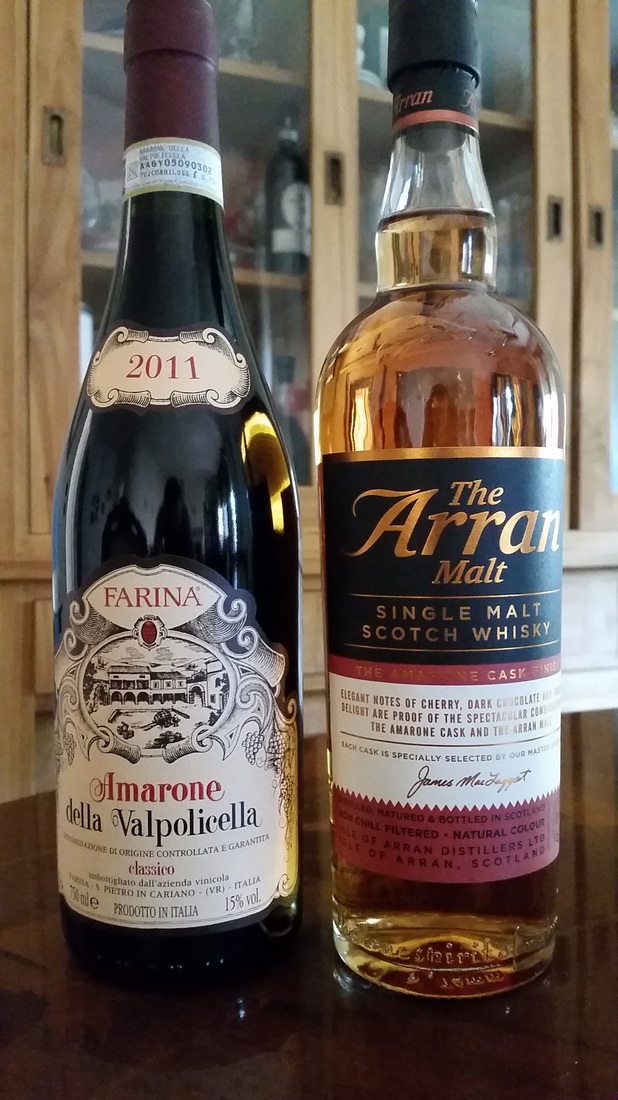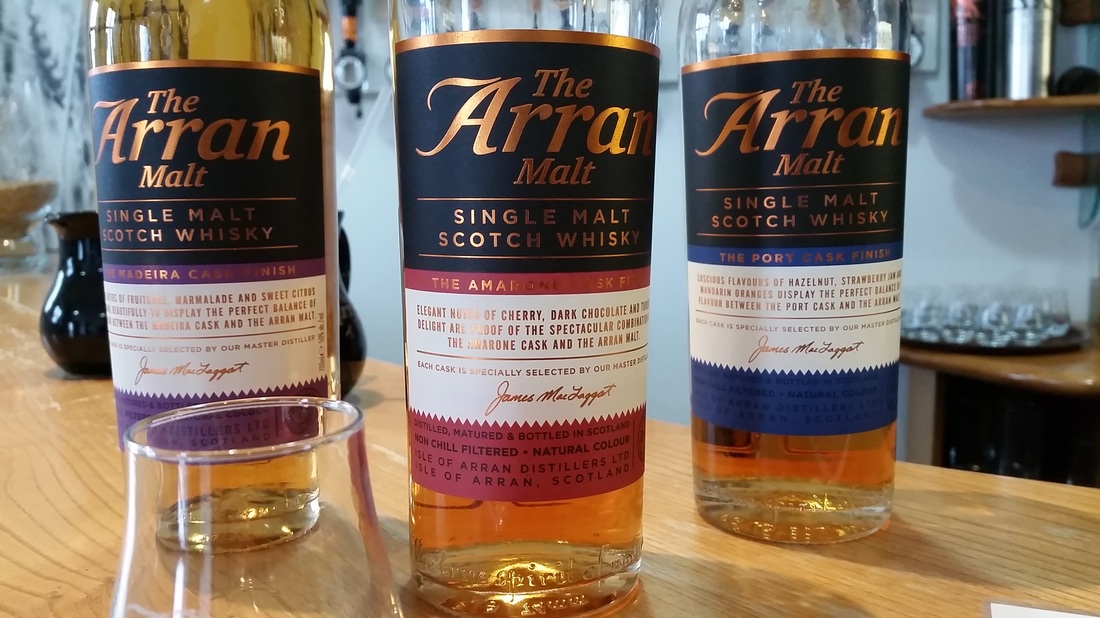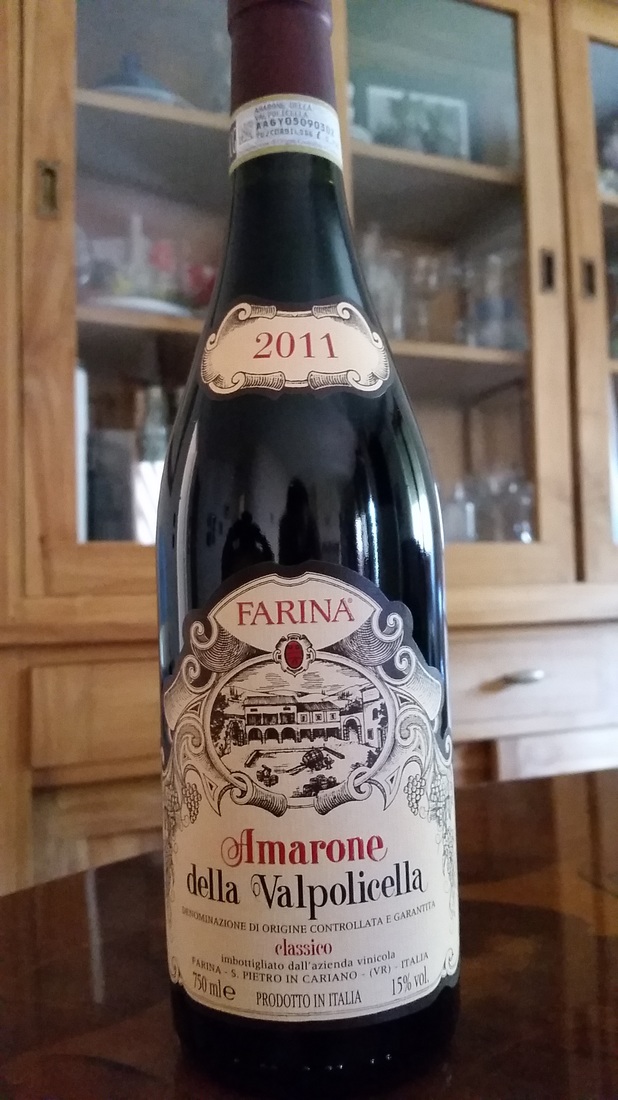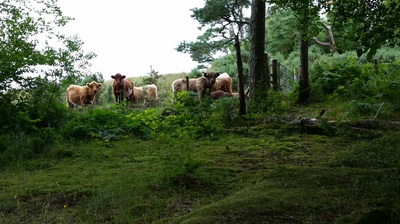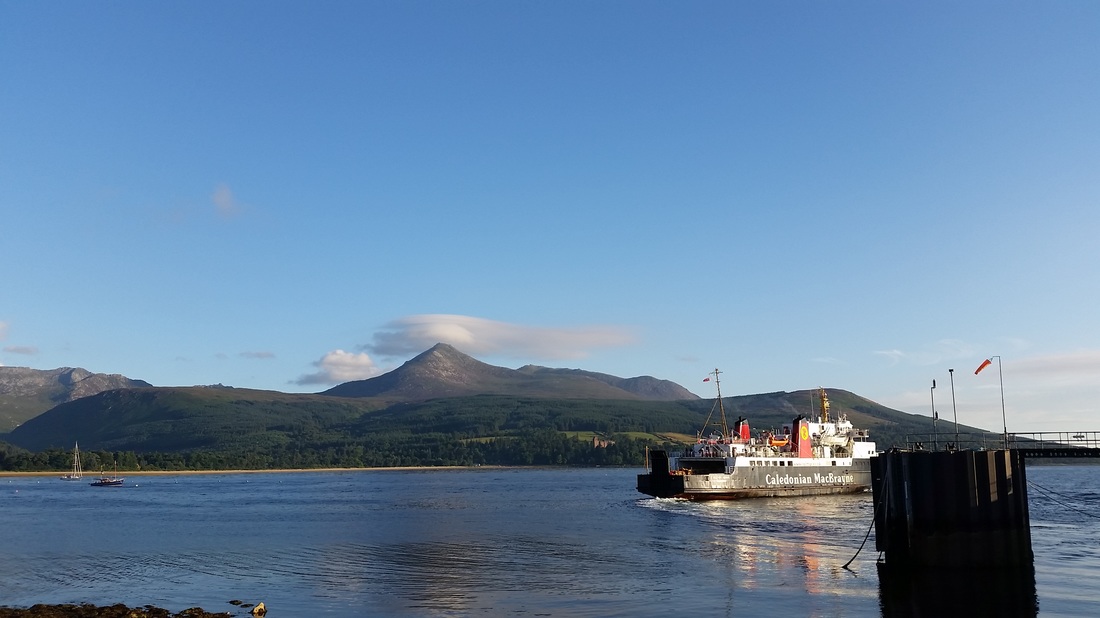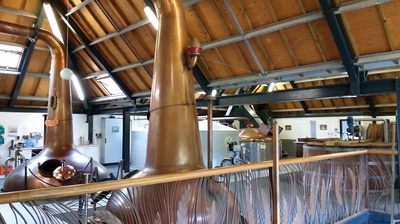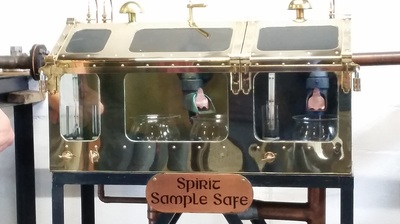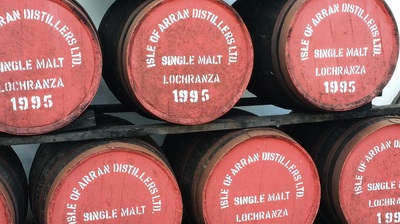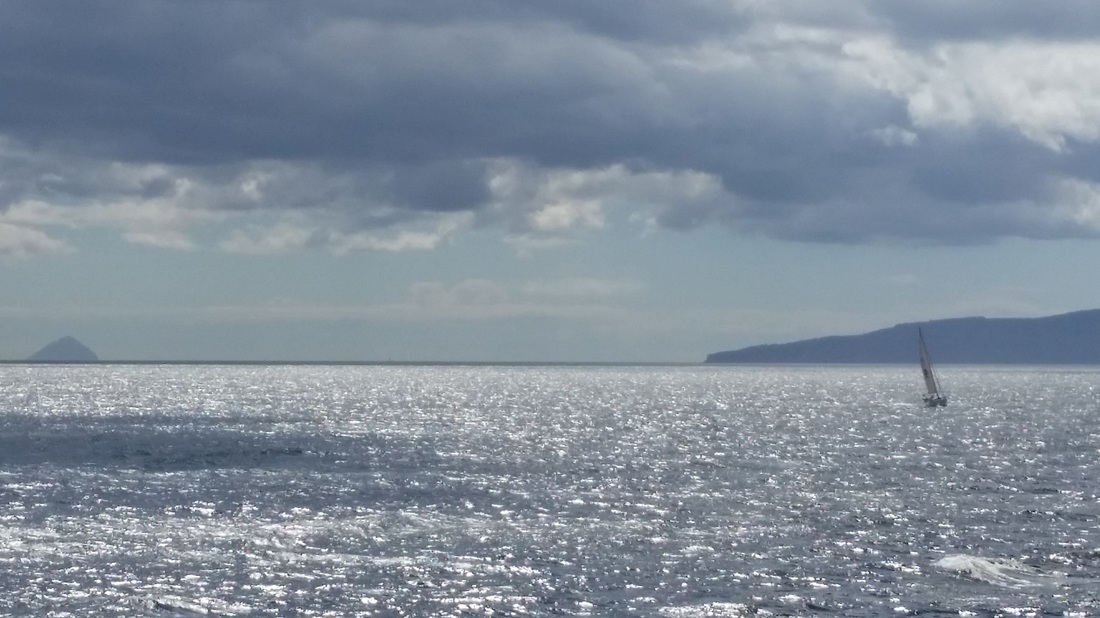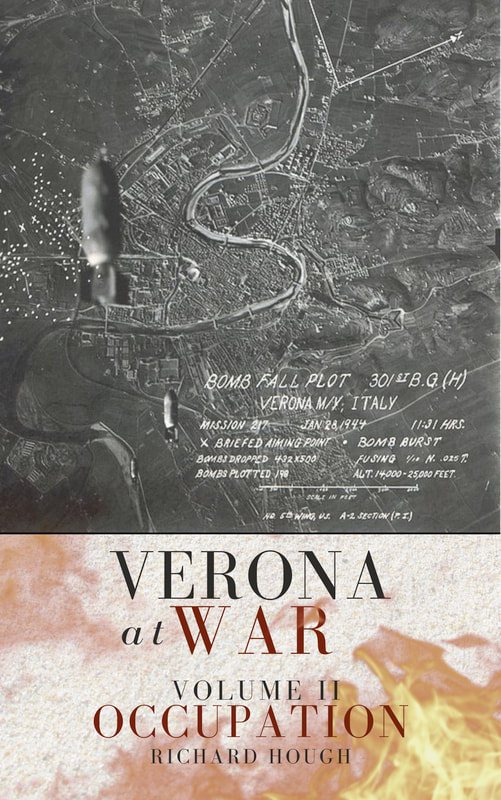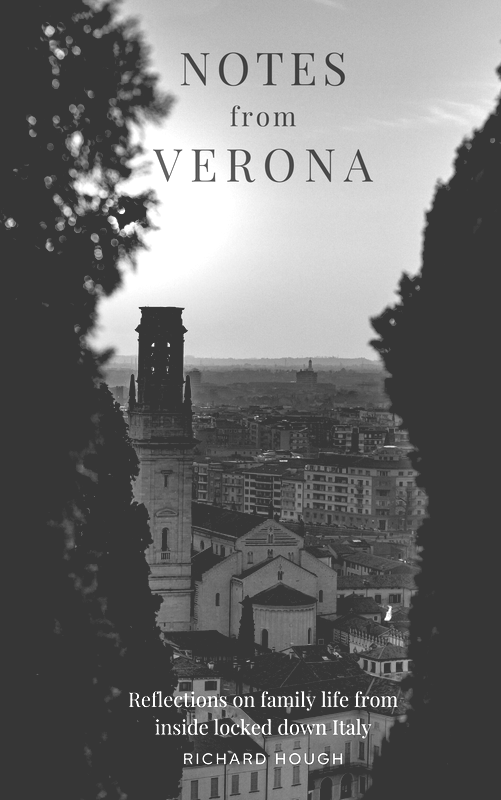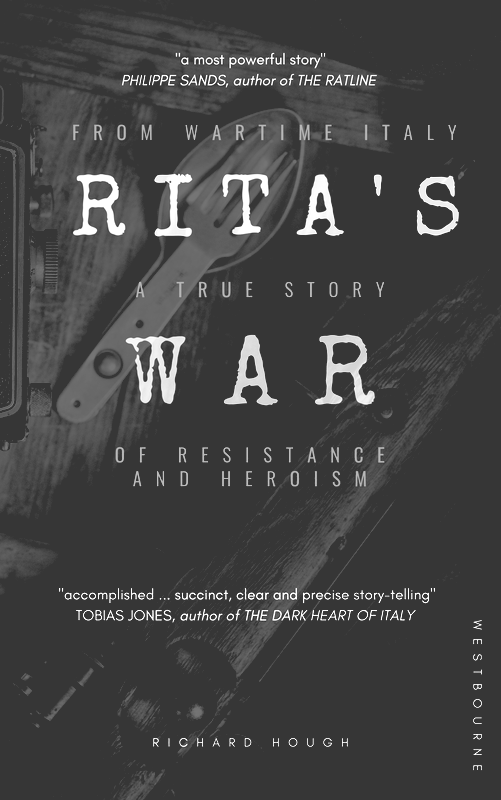|
Single malt Scotch Whisky is an iconic product recognised the world over for its quality, character and complexity. The same could, of course, be said of Italian wine. Indeed with exports of between £4-5 billion each, whisky is to the Scottish economy what wine is to the Italian - more than just a social lubricant!
Economics aside, I didn't fully appreciate the esteem in which whisky is held until I left Scotland and settled in Verona almost five years ago. In Italy, few important family occasions pass by without a revered bottle of scotch arriving on the table. And almost every bar in Verona has a selection of at least 4 or 5 single malts to choose from, should you be so inclined.
Of course Italian's in general, and the Veronese in particular, know all about prestige food and drink (Italy, for example, has been granted 284 protected status products (things like Parma Ham, Basilico Genovese and Aceto Balsamico di Modena), the United Kingdom, in comparison has just 60 (including Stornaway Black Pudding and the Melton Mowbray Pork Pie).
Verona itself is the gateway to Valpollicella, an area that is to wine production what Speyside is to Whisky. In fact, Valpolicella is second only to Chianti in terms of the number of Denominazione di origine controllata (DOC) wines it produces and the local economy is heavily dependent on wine production. Winemaking in the Valpolicella region has existed since at least the time of the ancient Greeks and the name "Valpolicella" appeared in charters as early as the mid-12th century. The Valpolicella Classico, made from grapes grown in the original Valpolicella production zone, is a high quality entry level wine, at least on par with its better known Tuscan counterpart Chianti. Also from this region comes the incredible Amarone.
Most of the tasting notes I've seen for the Arran Malt Amarone Finish describe Amarone as "a dry Italian red wine". This massively understates what Amarone is. Even the casual drinker will quickly realise that Amarone is something special. James MacTaggart, Arran's renowned master blender, couldn't possibly have picked a better Italian wine to finish his distinguished single malt. Made from dried grapes and typically bottled at around 15%, it is a sublime, full-bodied but silky smooth red. It is a late harvest wine (the grapes are left on the vine as long as possible, well beyond ripe). After harvesting they are stored in special drying rooms for between three to four months, by now resembling raisins. The resultant wine is then aged for several years, normally at least five, in large wooden barrels of either Slovenian or French oak.
These magnificent barrels have somehow found their way on to the magnificent Scottish island of Arran.
Arran is Scotland's most southerly inhabited island and its 7th largest. Its position at the mouth of the Firth of Clyde and frequent ferry service between Ardrossan and Brodick make it easily accessible from the mainland. As well as its whisky, more of which later, Arran has plenty to offer the visitor. Some excellent food and drink, from cheese and seafood to the islands own locally brewed beer, incredible wildlife and an abundance of outdoor activities, including (weather permitting) hiking, cycling and sailing. The island's geology is truly remarkable (see: "the Hutton Unconformity", which shaped the thinking of a young Charles Darwin). The island is also home to an array of Stone Age hut circles, burial cairns and stone circles.
More importantly, for our purposes, the island's climate and geological composition provide the perfect source of that most crucial whisky making ingredient - water.
Whisky had long been produced on the island, but following the introduction of punitive tax laws, Arran's last distillery ceased production in the 1830s. On 29 June 1995, nearly 160 years after the last island distillery had closed for business, the Isle of Arran Distillery was opened by Her Majesty the Queen in the village of Lochranza. It remains the only whisky producer on the island.
Despite being a relative newcomer, and independently owned, recently released figures suggest that the Arran Distillery is outperforming the whisky market more generally, making a net profit of £1 million last year. In further positive news for the brand, planning permission has now been granted to build a second distillery on the island, enabling this exciting whisky label to further expand and diversify (rumour has it that the company will seek to increase production of its Machrie Moor line, the distillery's popular peaty single malt).
On our recent visit to the island, we somewhat unconventially arrived by the alternative Claonaig to Lochranza route.
After a short crossing we were soon disembarking the ferry and passing the iconic image of Lochranza Castle. We didn't have far to go. The cottage where we were staying was located just outside the village. As luck would have it, directly opposite the island's only distillery! It was here we stumbled across the Amarone Cask Finish Single Malt.
After 8 years of maturation, a very lucky batch of Arran Single Malt is further matured, this time in the aforementioned Amarone Casks. Although there are in fact, three cask finished whiskies produced on Arran (the others being the Sauternes Cask Finish and the Port Cask Finish), when I saw this one I Just had to try it. And, of course, take a bottle back to Verona with me. My neighbours will love it.
Tasting notes:
The perfect whisky for pondering Hutton's Unconformity. |
AboutRichard Hough writes about history, football, wine, whisky, culture + travel and is currently working on a trilogy about wartime Verona.
|
